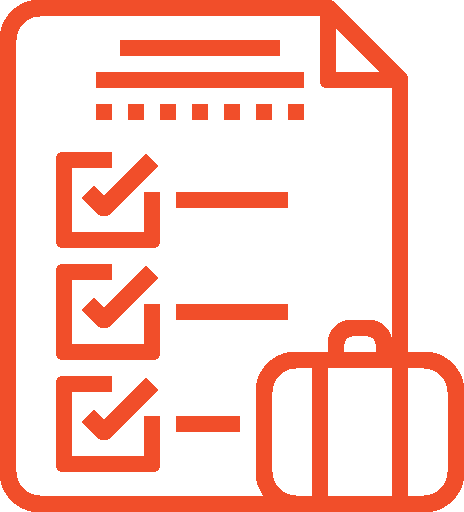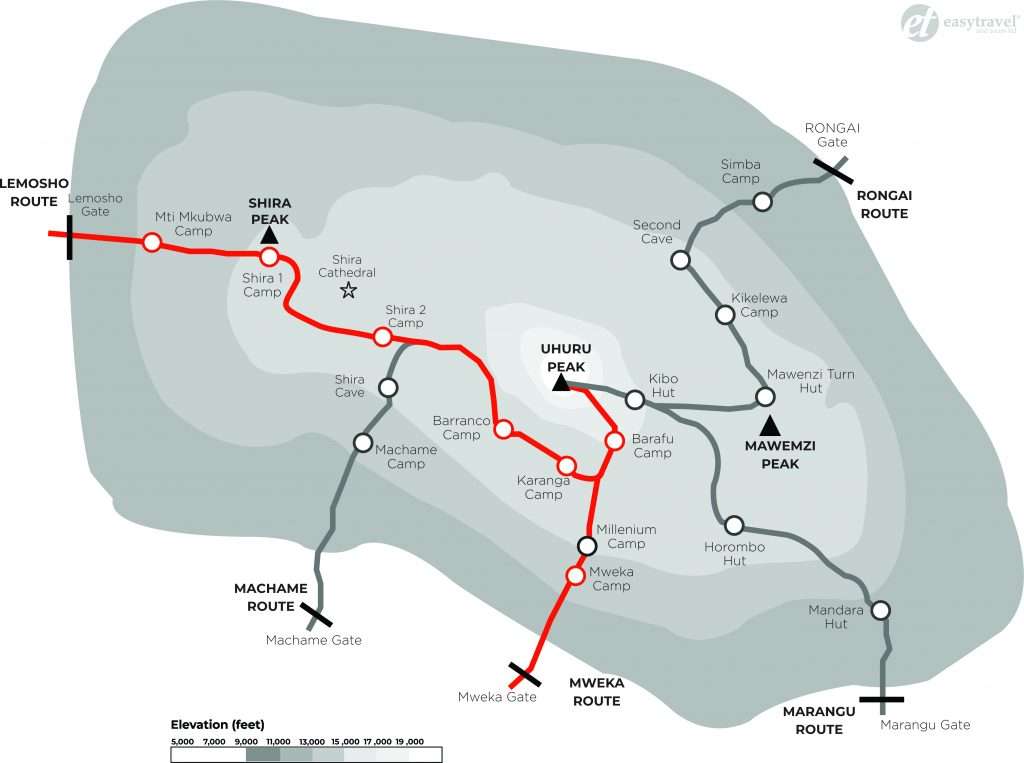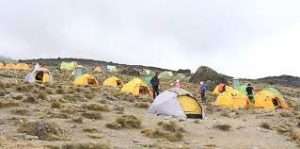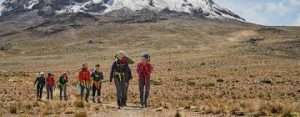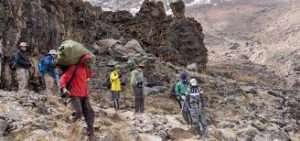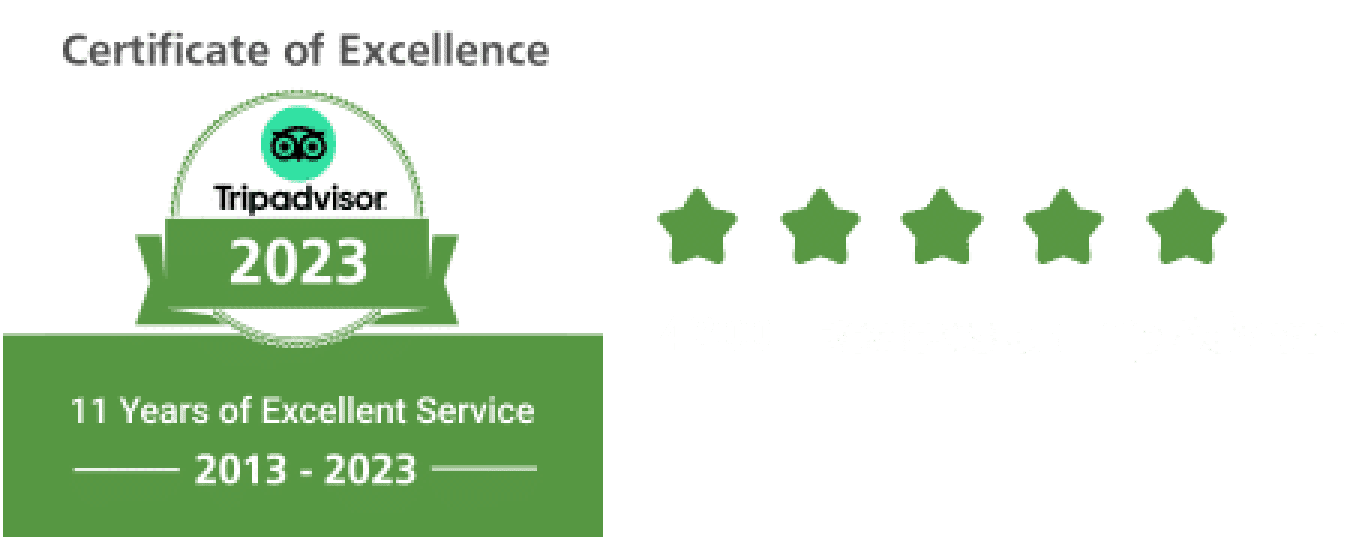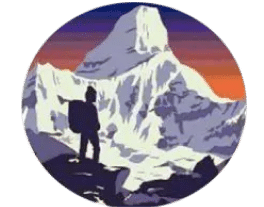Main Menu
- Main MenuMain MenuMain MenuMain MenuMain MenuMain MenuMain MenuMain MenuMain MenuMain MenuMain MenuMain Menu
- Arusha National Park
- Gombe Stream National Park
- Katavi National Park
- Lake Manyara National Park
- Mahale Mountains National Park
- Mikumi National Park
- Mkomazi National Park
- Nyerere National Park
- Ruaha National Park
- Rubondo Island National Park
- Saadani National Park
- Serengeti National Park
- Tarangire National Park
- Udzungwa Mountains National Park
Main MenuMain MenuMain MenuMain MenuMain MenuMain MenuMain MenuMain MenuMain MenuWhere To Go In Tanzania
Towns in Tanzania
Parks in Tanzania
Conservations in Tanzania
Lakes in Tanzania
Mountains in Tanzania
- Get in Touch






